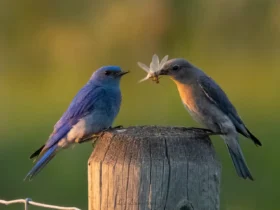In the realm of North American woodpeckers, the Northern Flicker (Colaptes auratus) stands as a distinctive and captivating avian species. With its unique appearance, distinctive behaviors, and melodious calls, the Northern Flicker has captured the attention and admiration of bird enthusiasts and nature lovers alike. In this article, we delve into the fascinating world of the Northern Flicker, exploring its appearance, behaviors, habitat, and the awe it inspires among those who appreciate the beauty of these charismatic birds.
Northern Flicker images
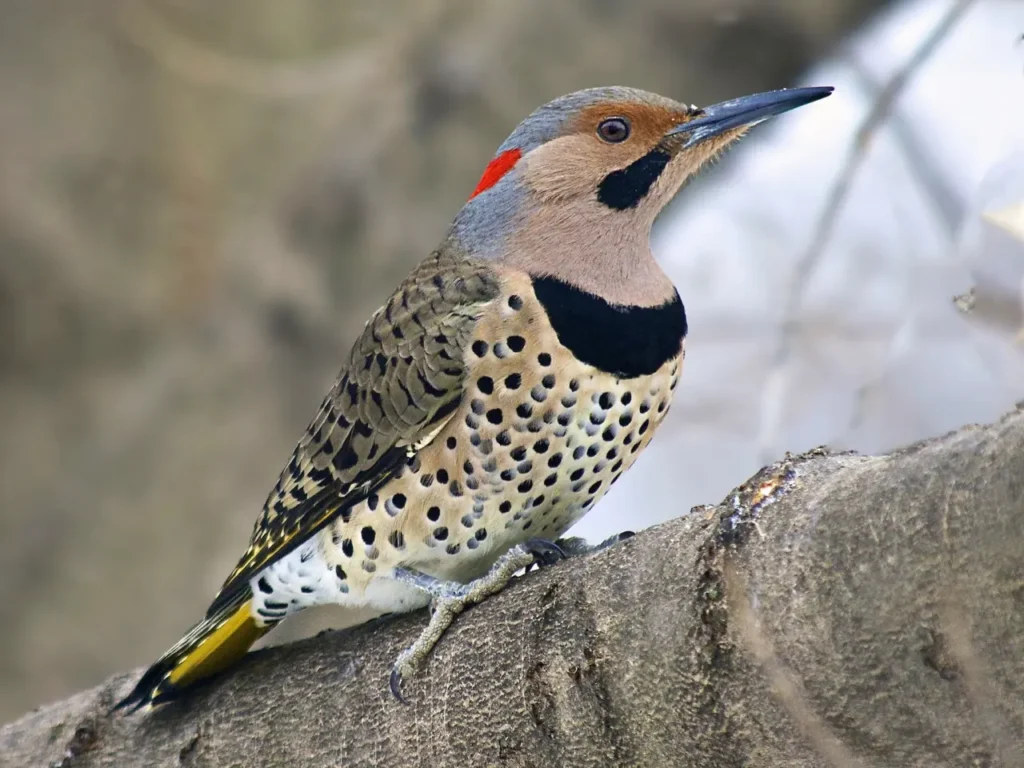
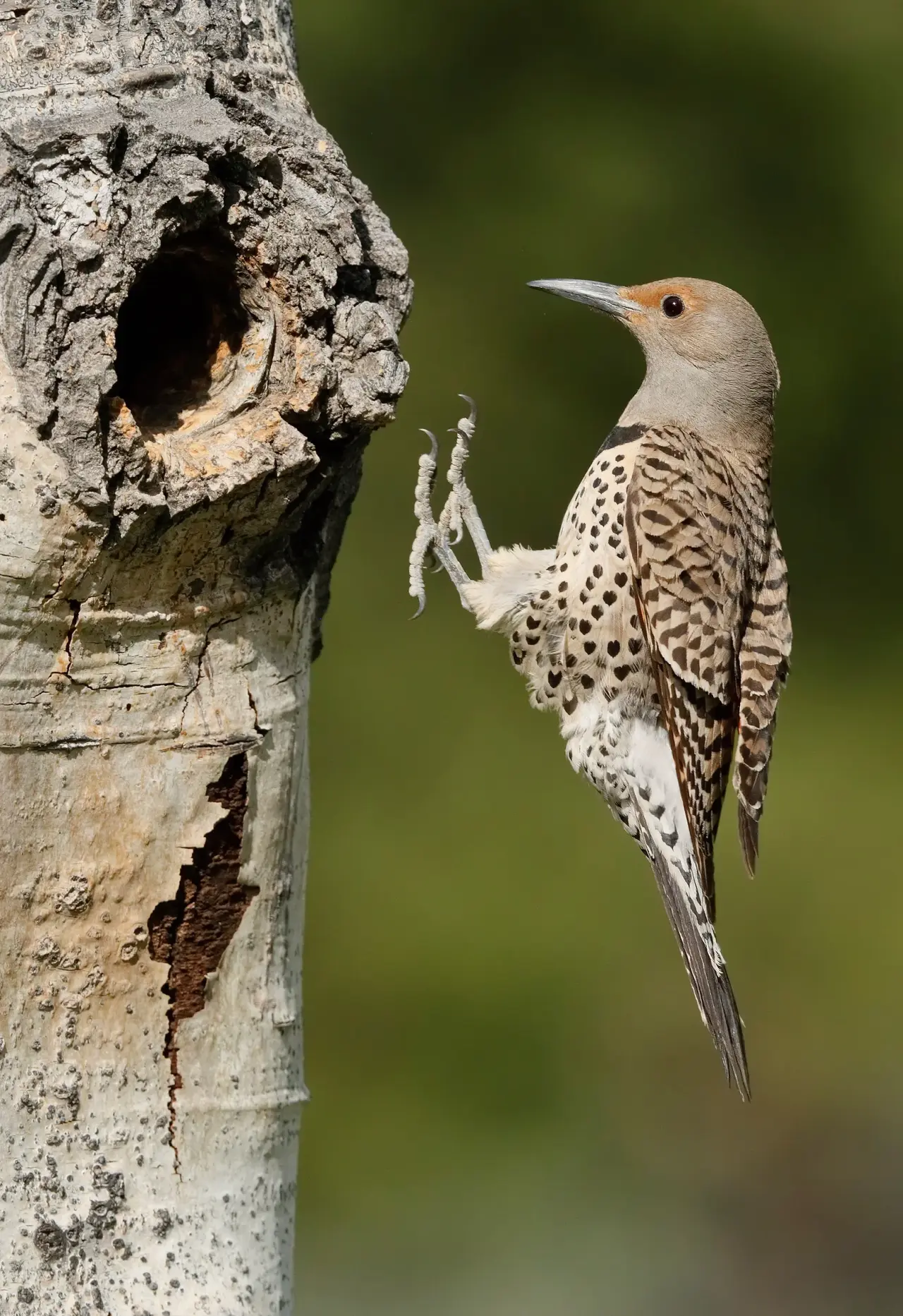
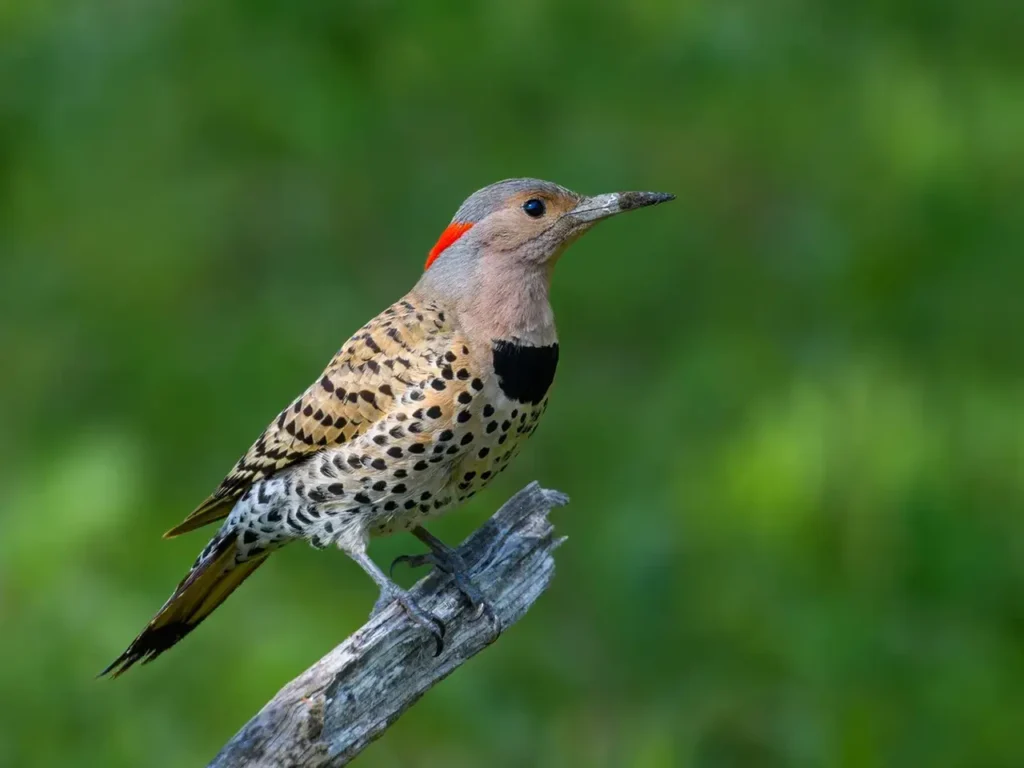
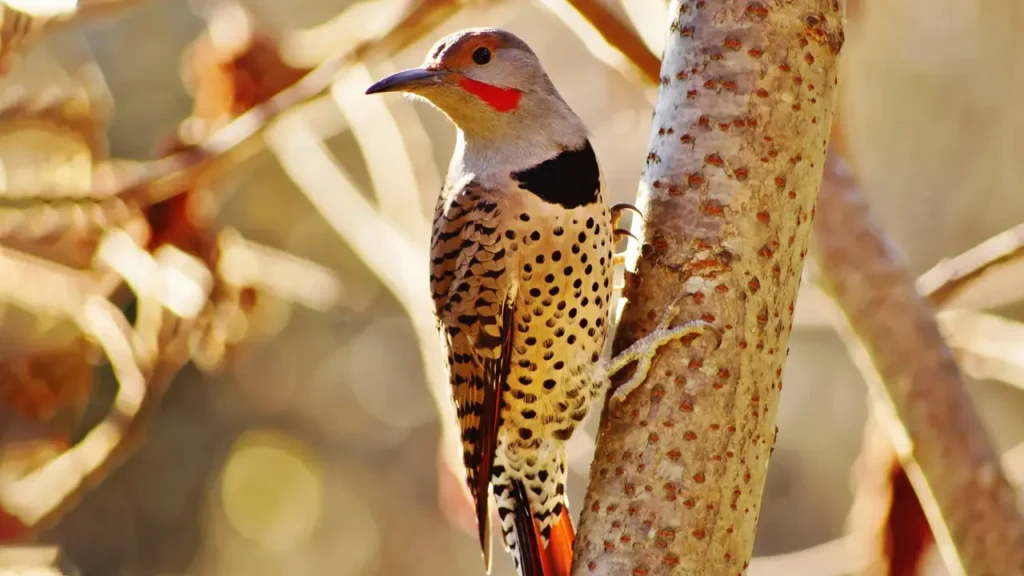
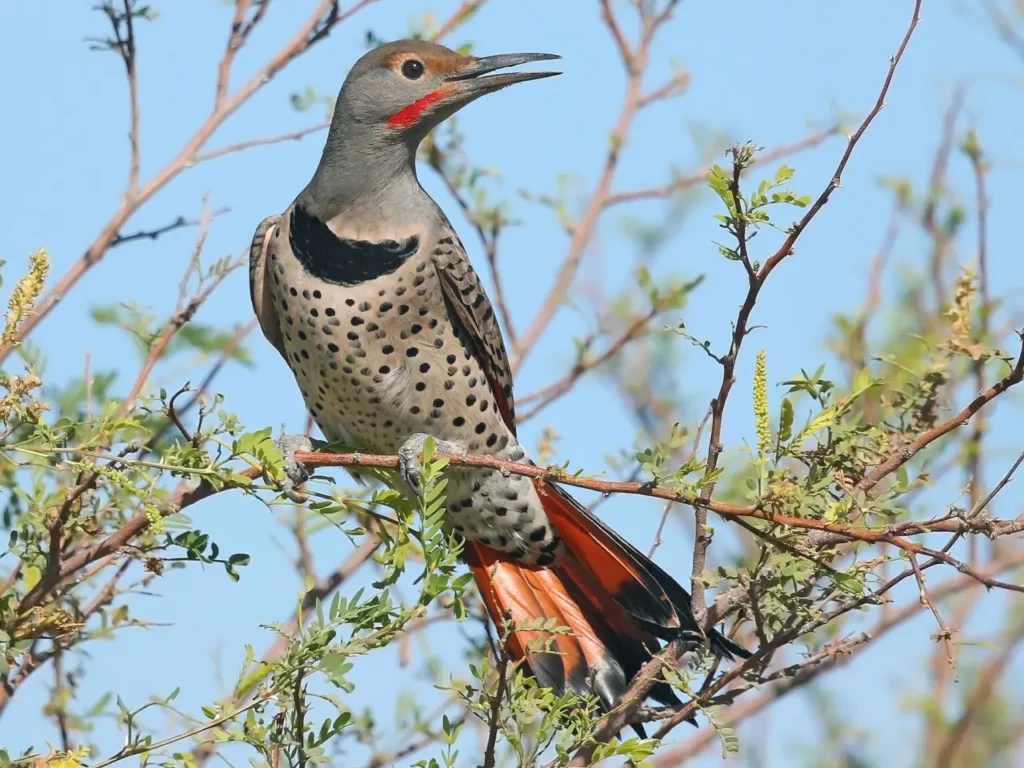
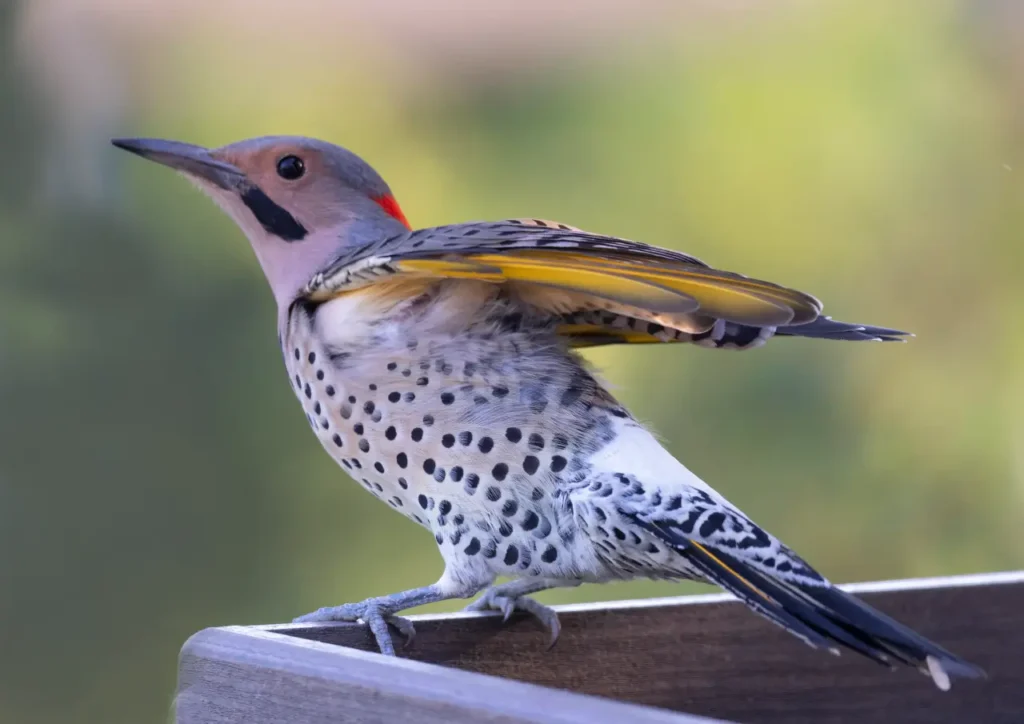
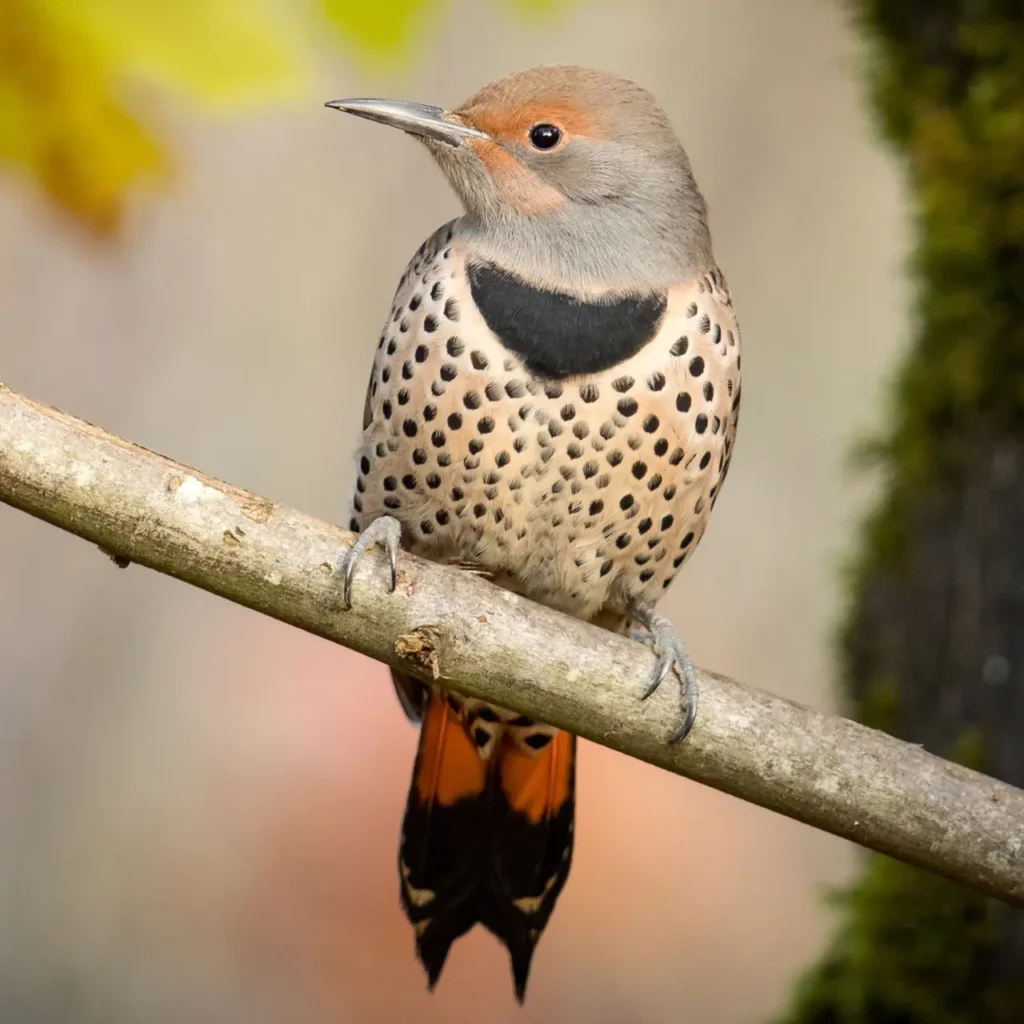
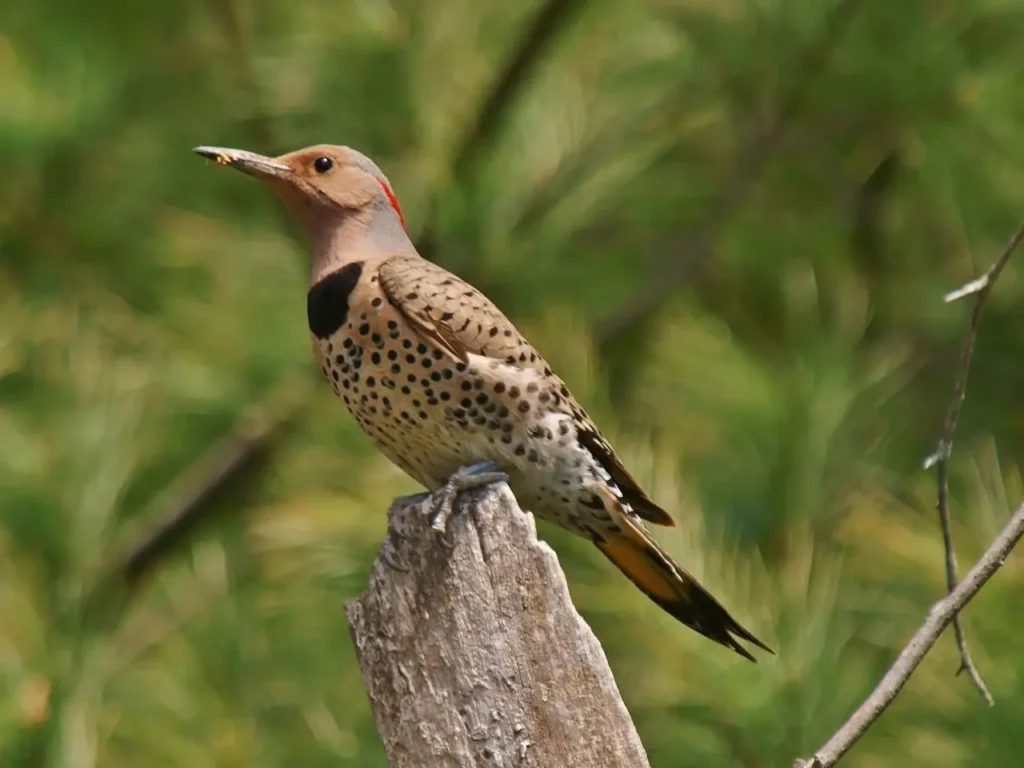
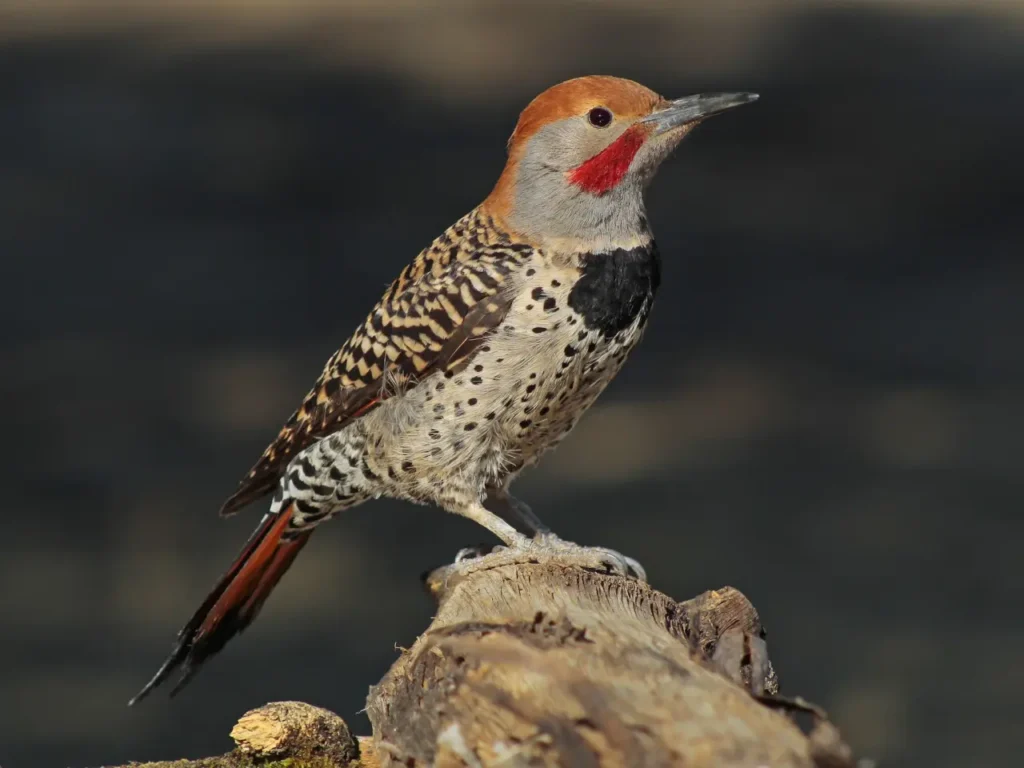
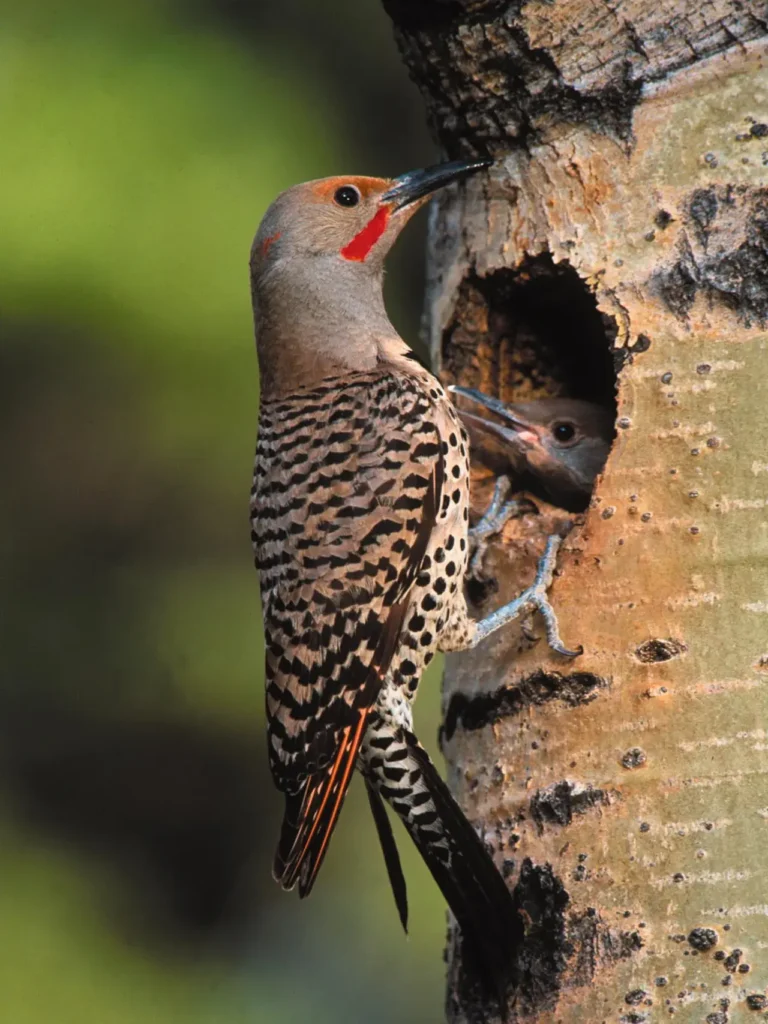
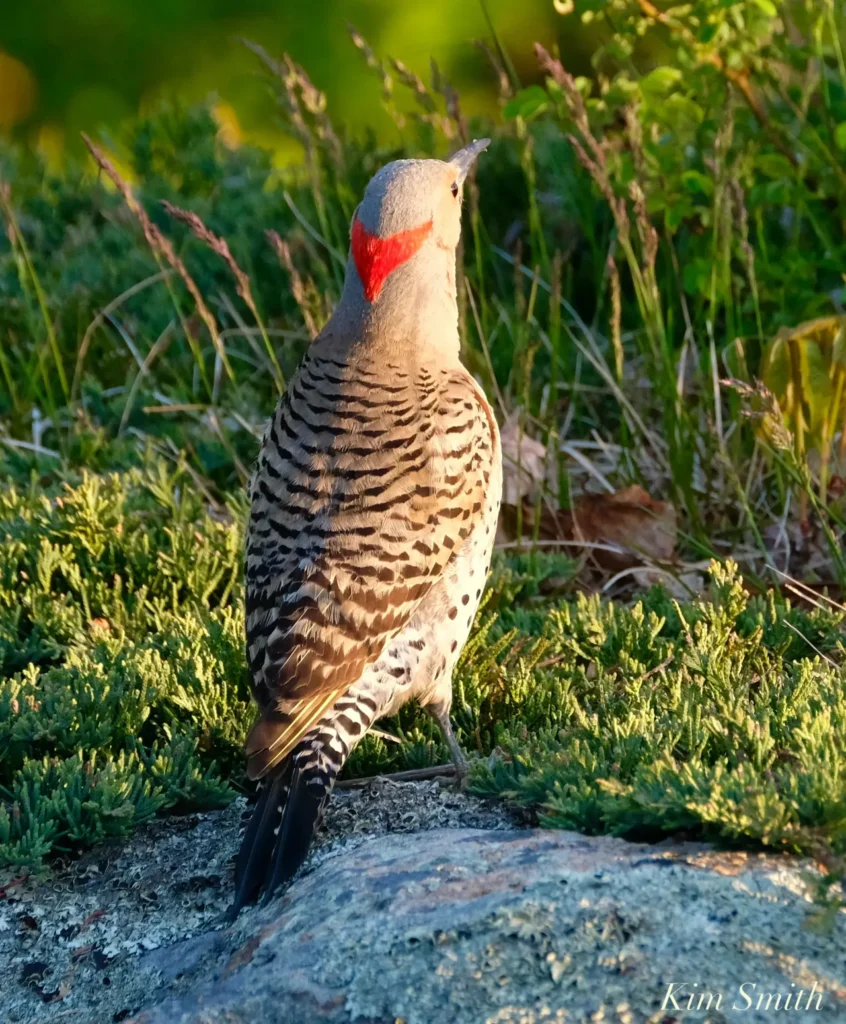
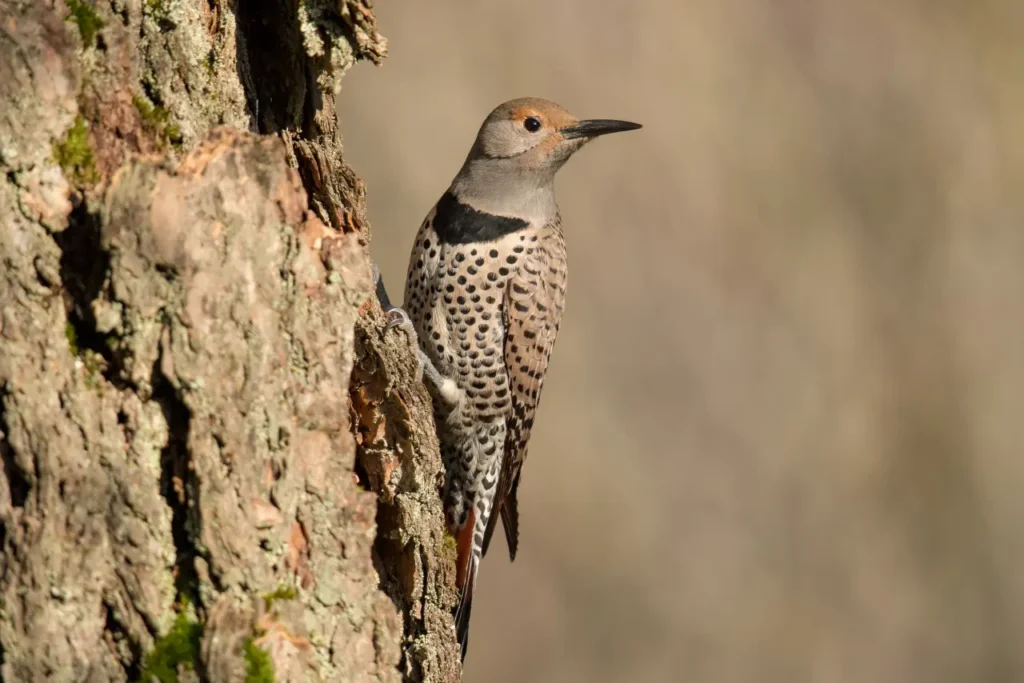
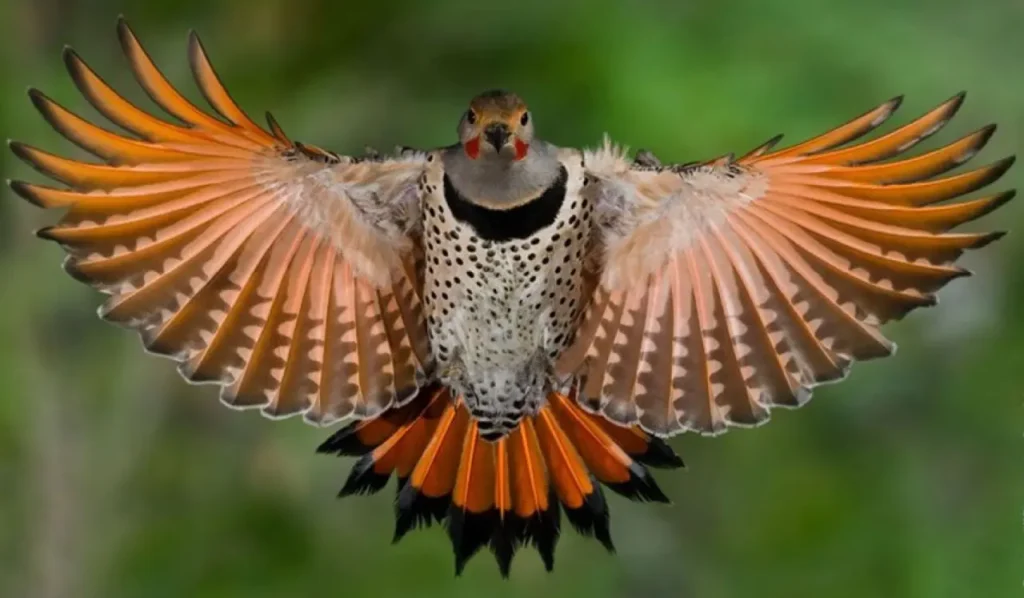
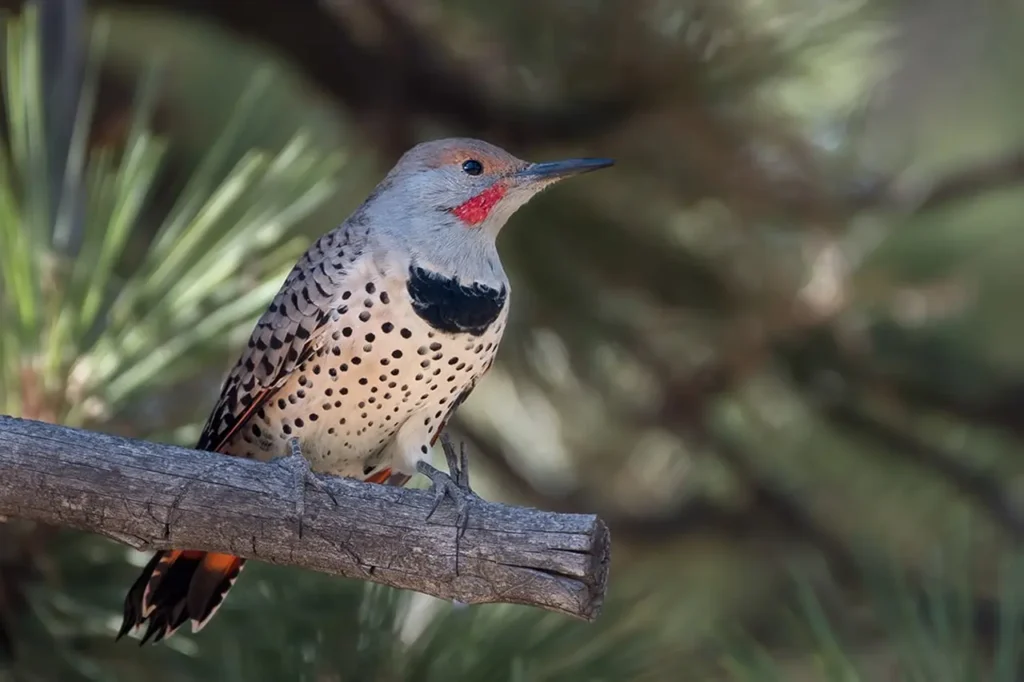
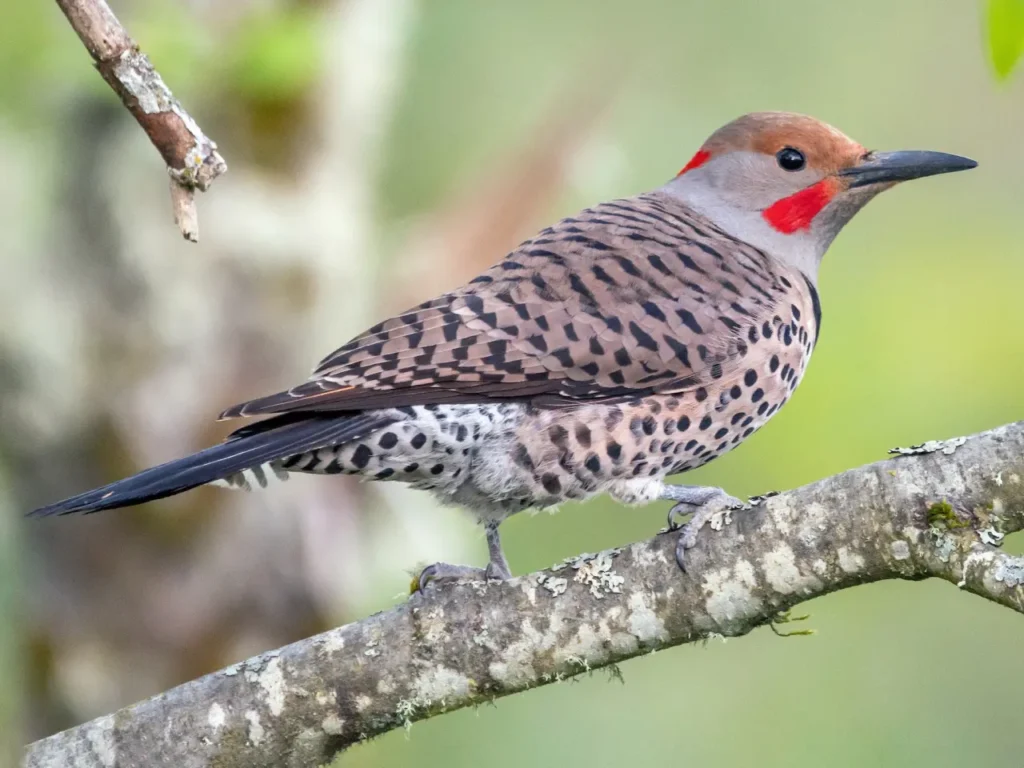
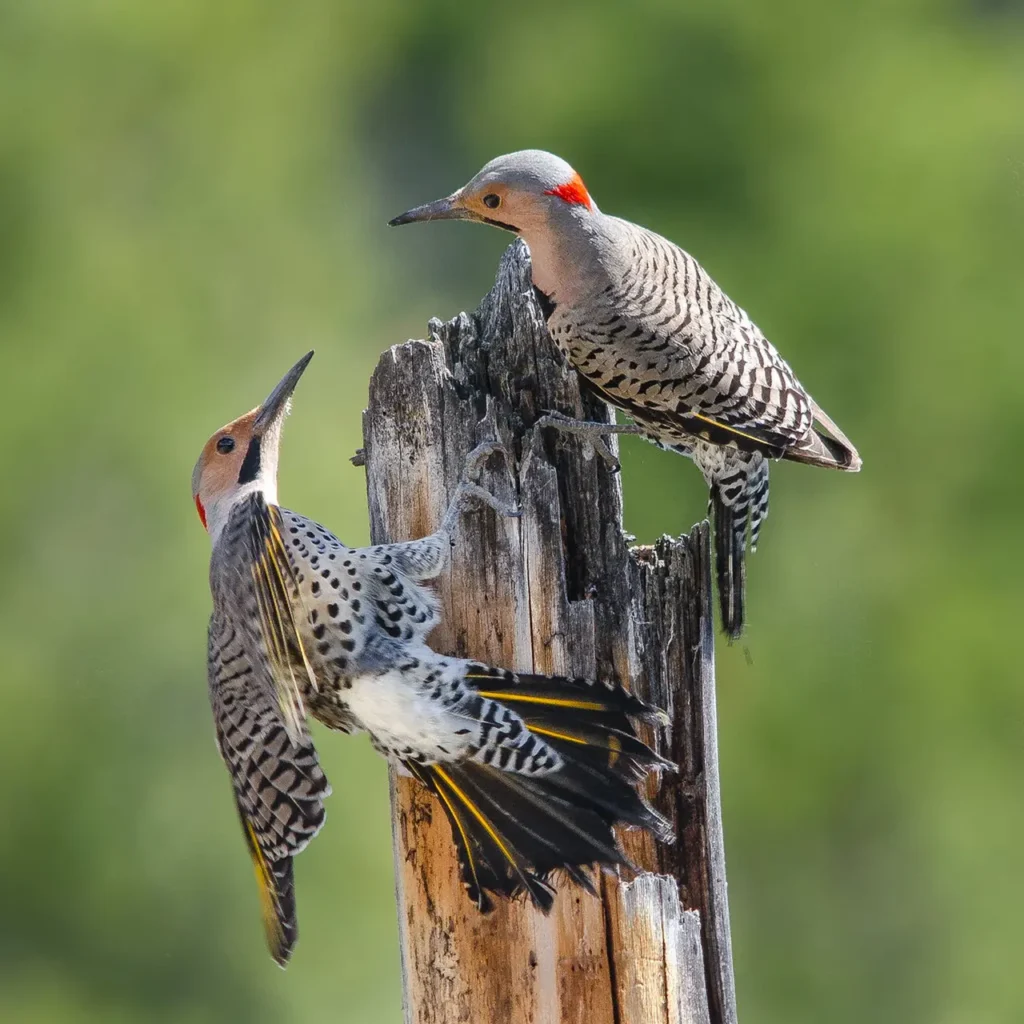
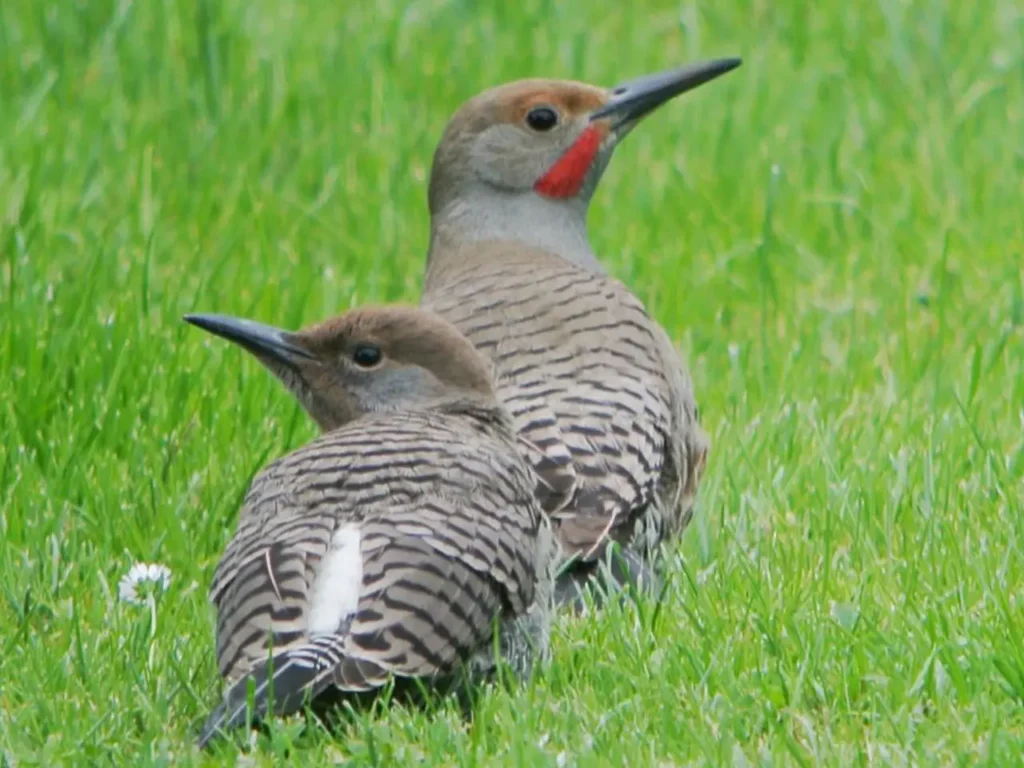
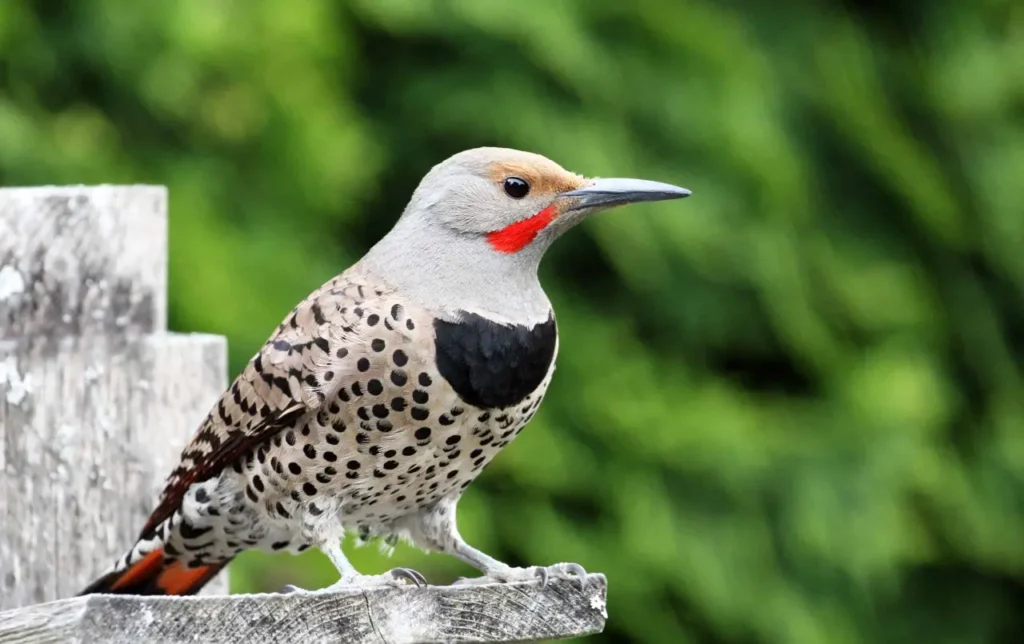
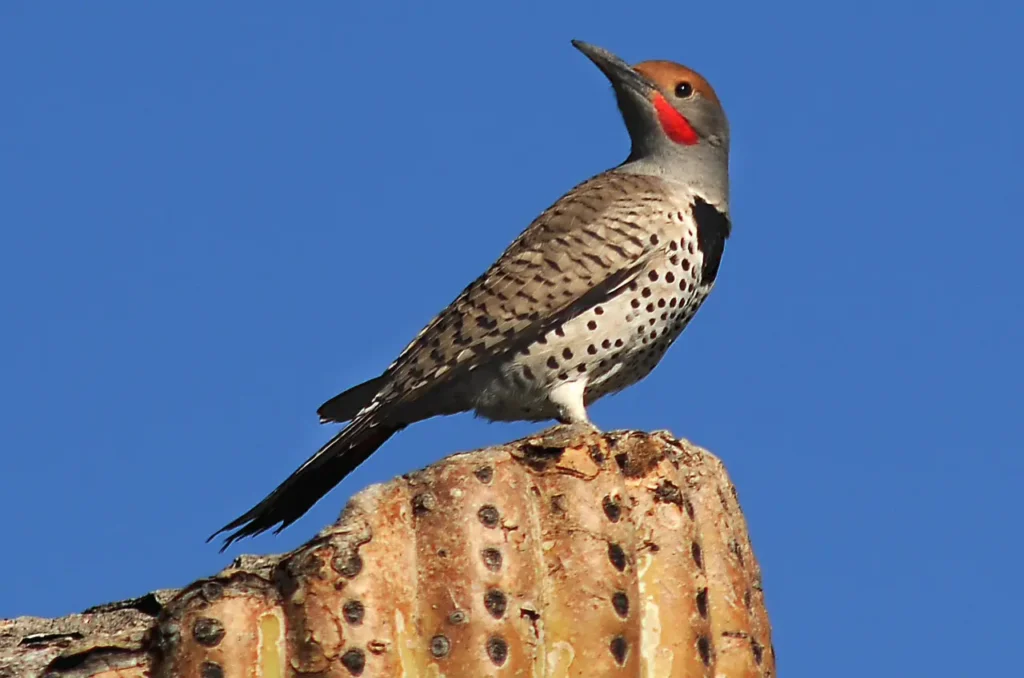
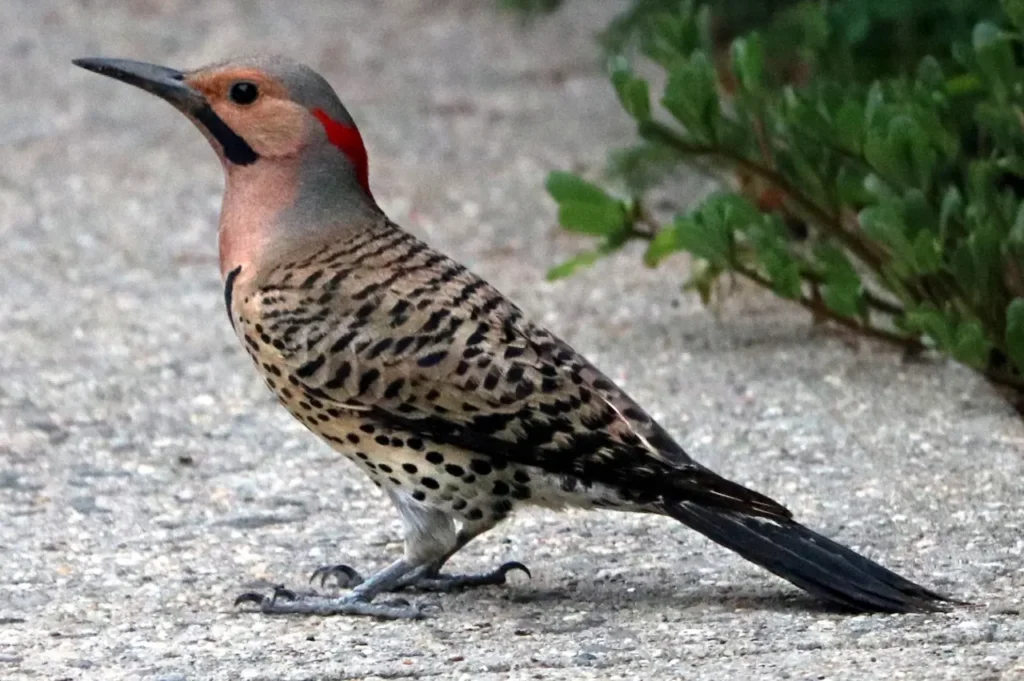
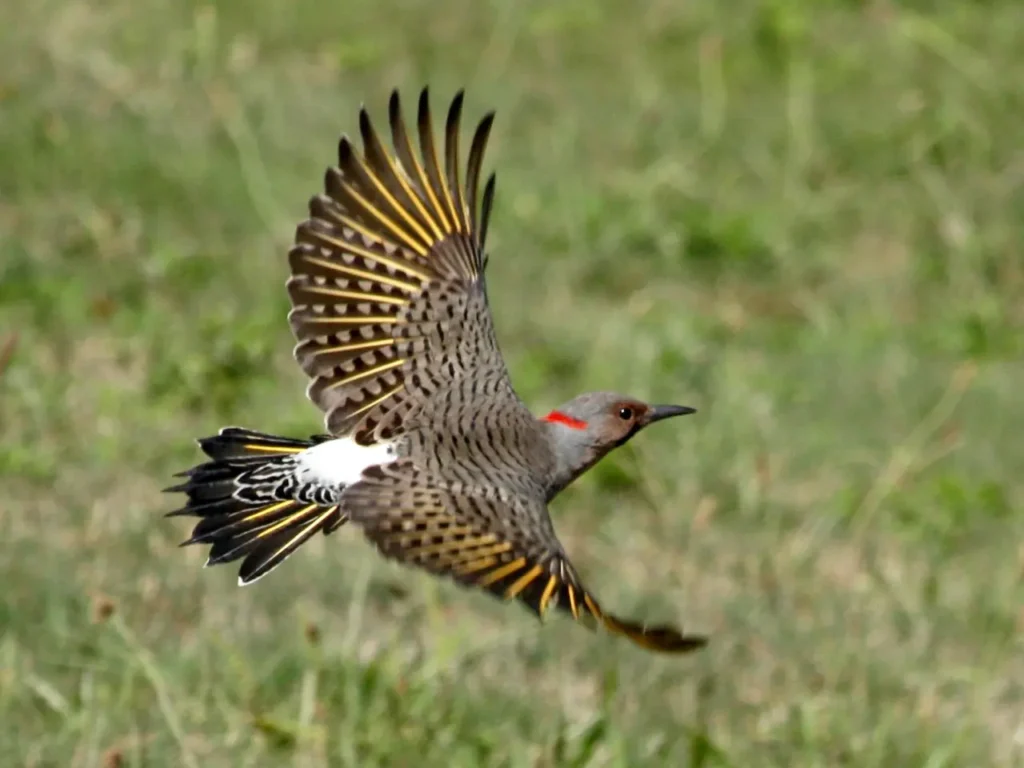
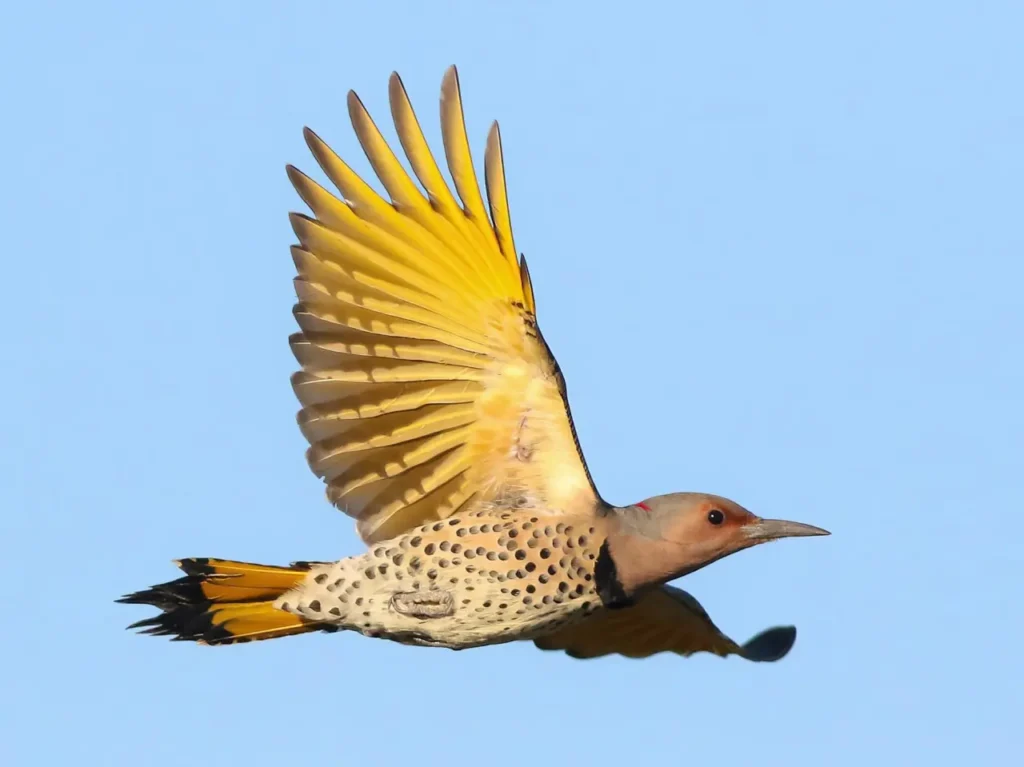
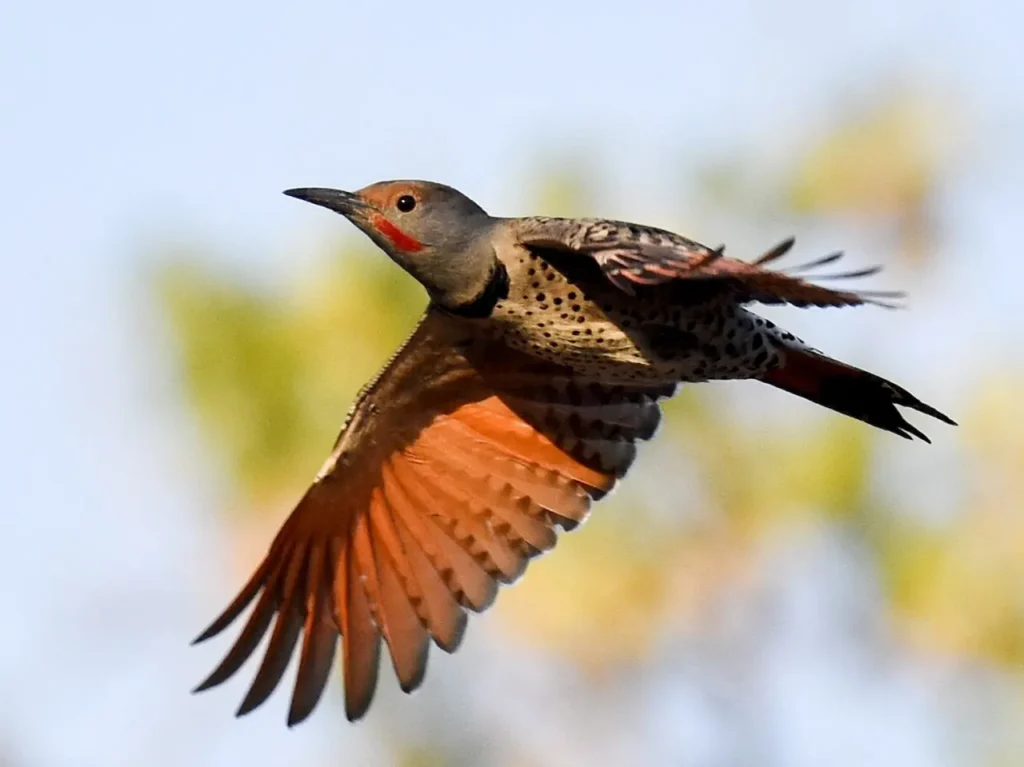
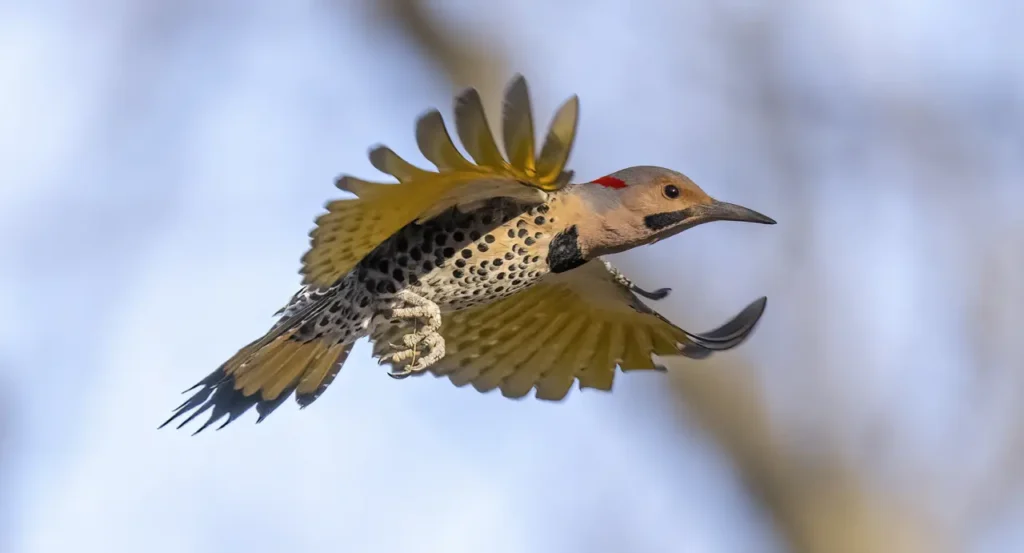
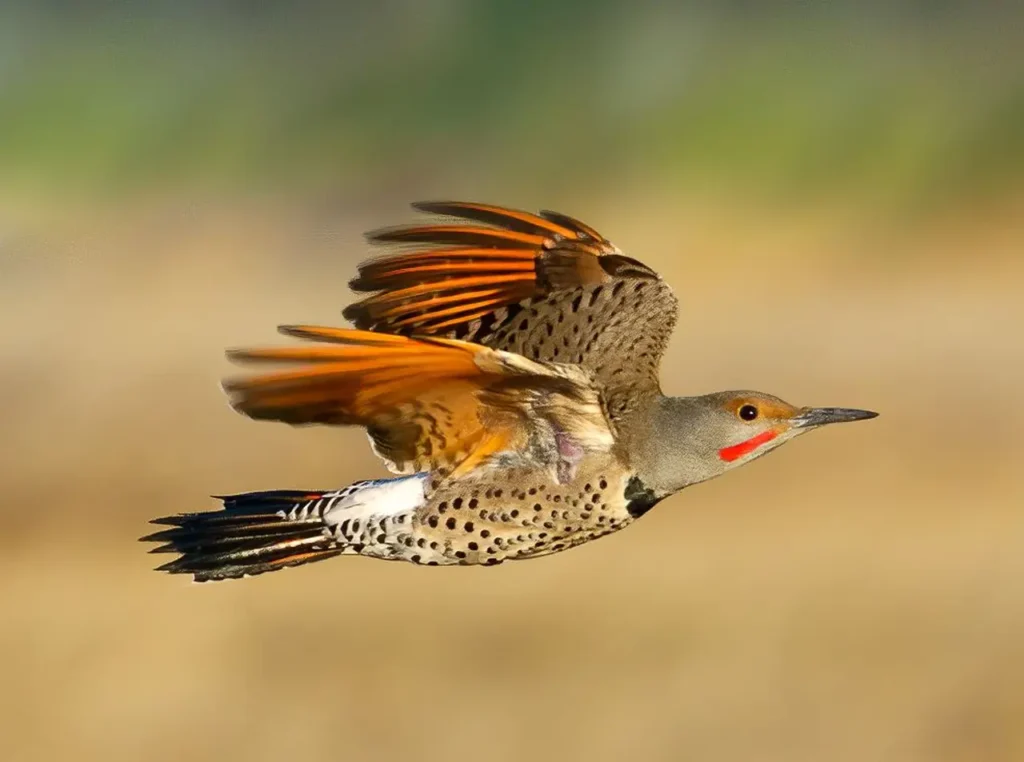
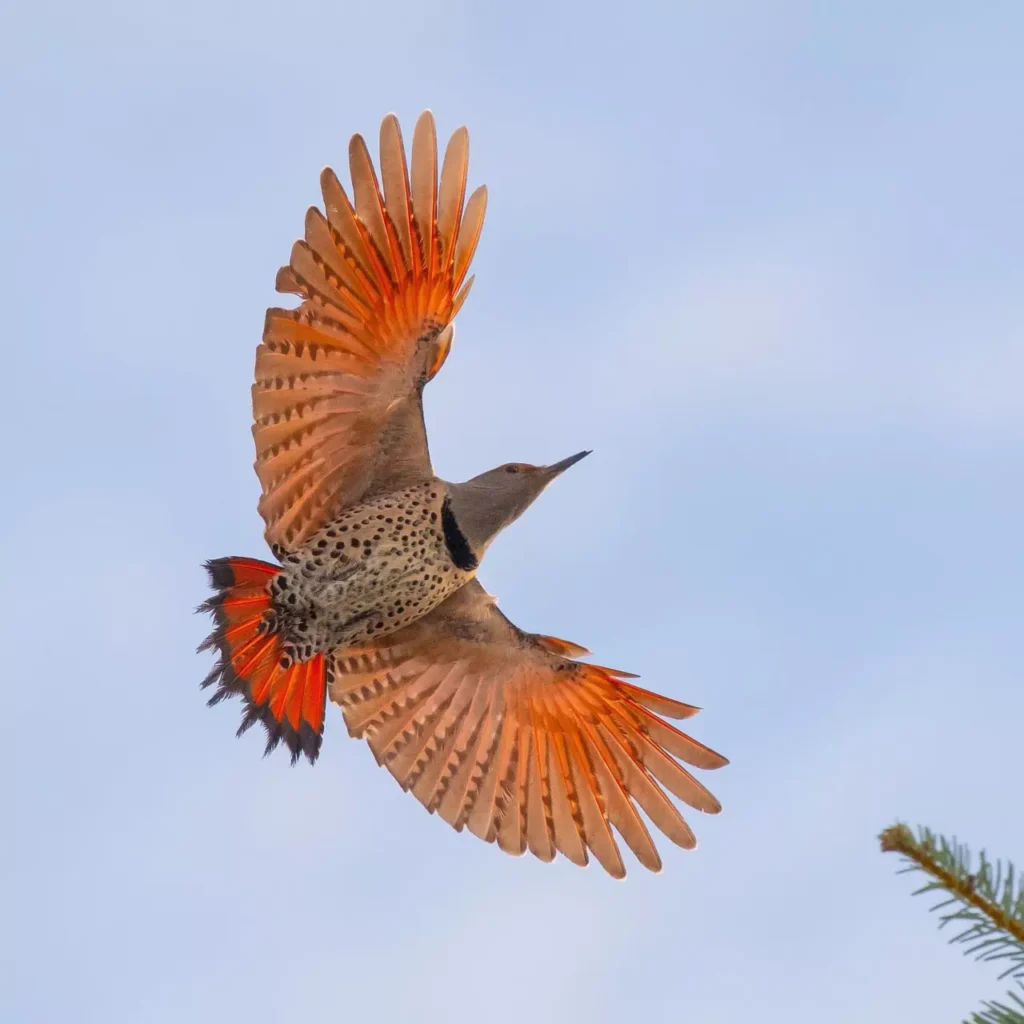
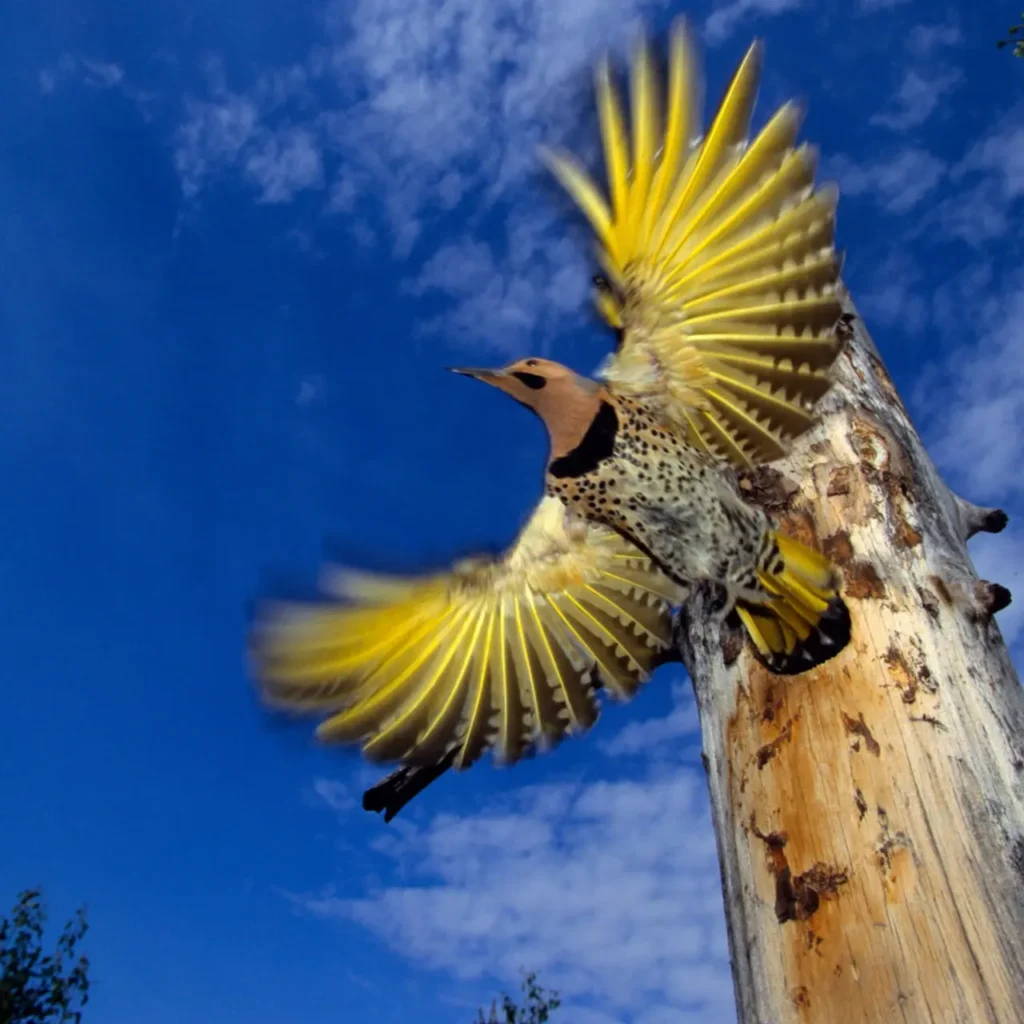
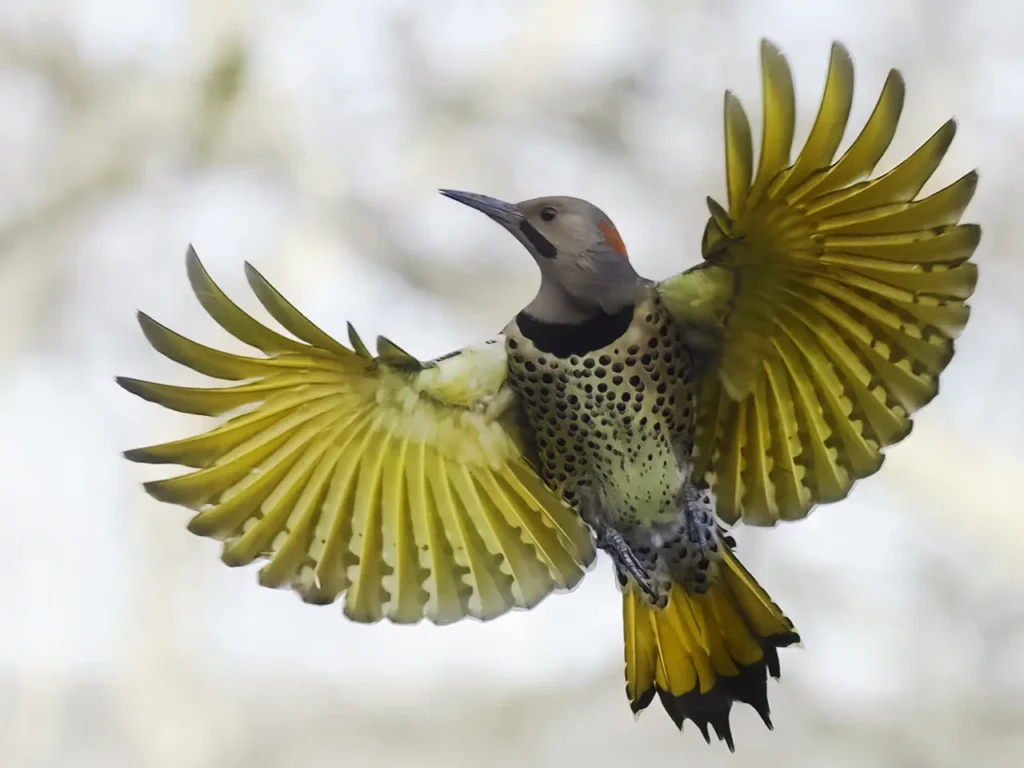
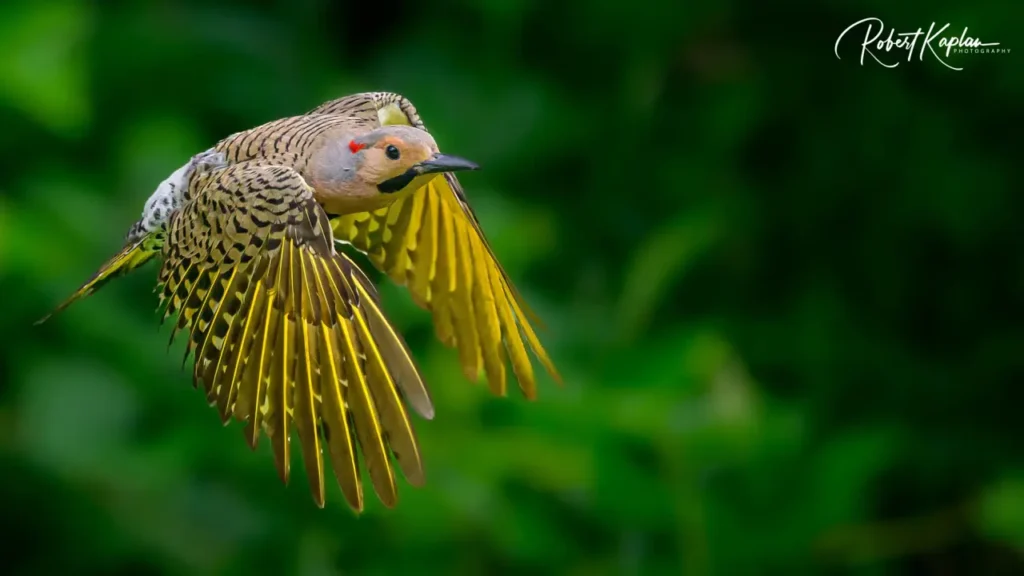
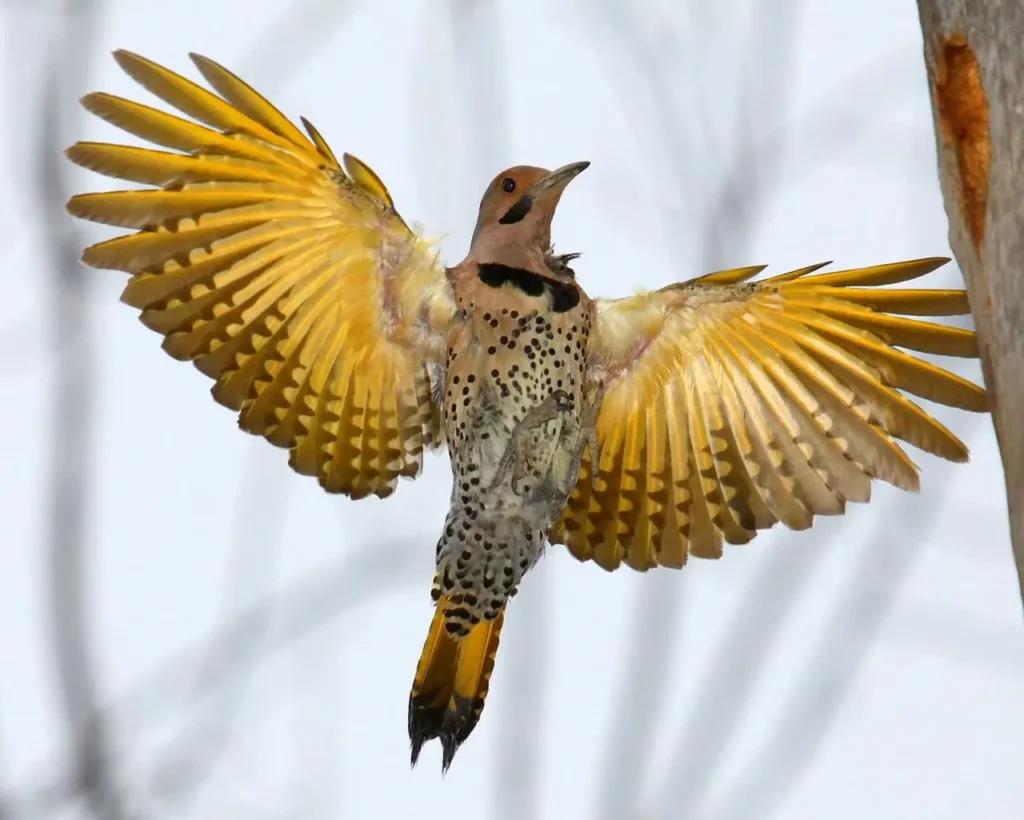
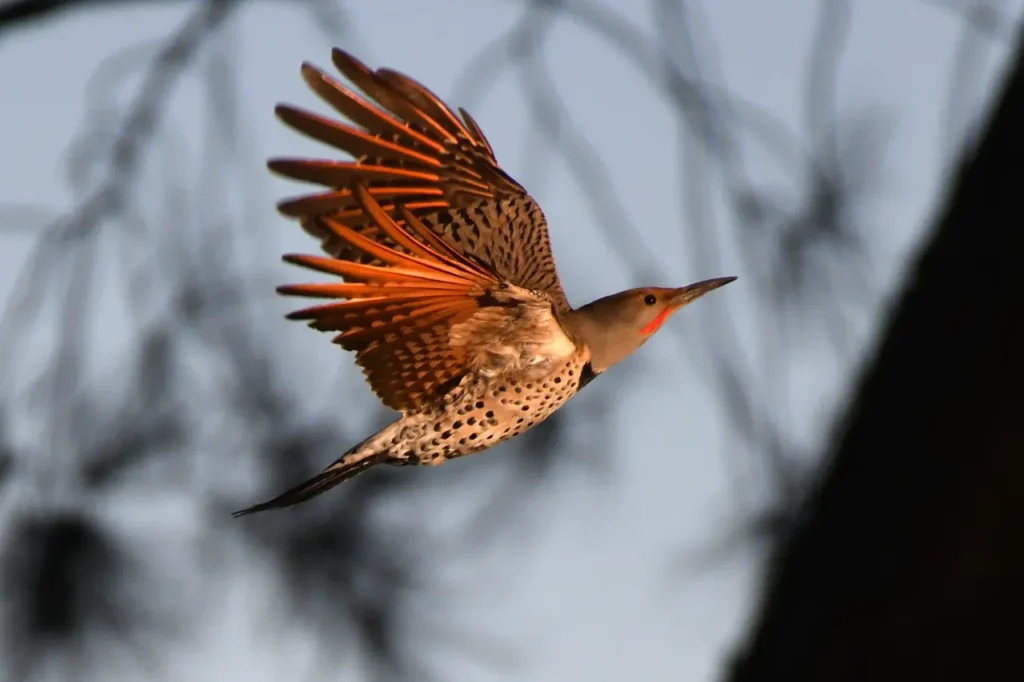
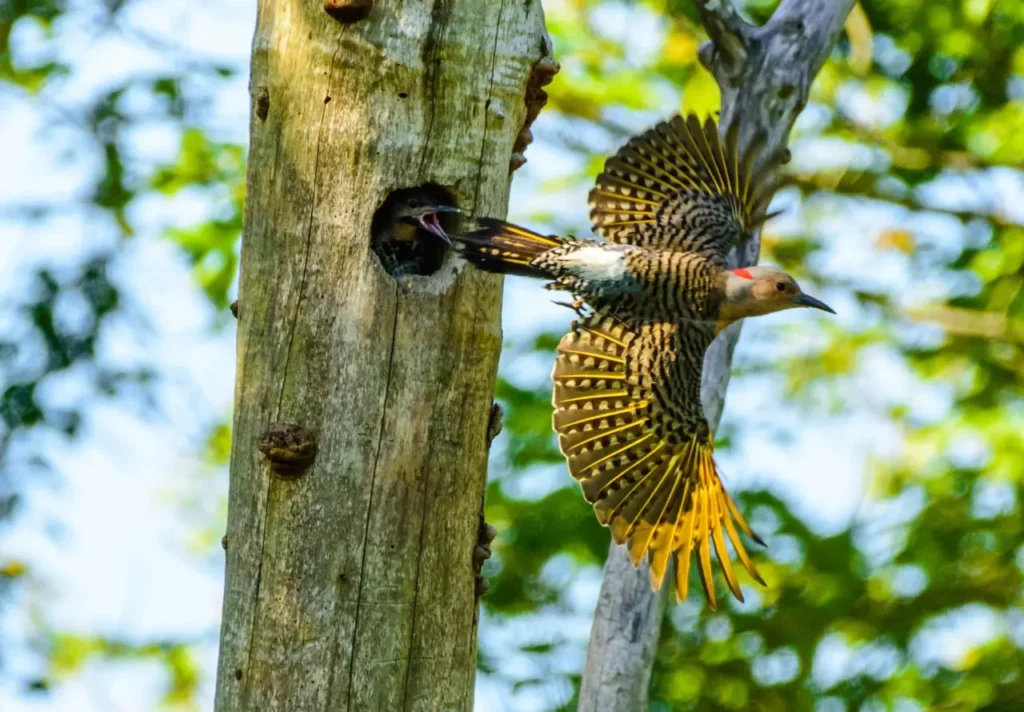
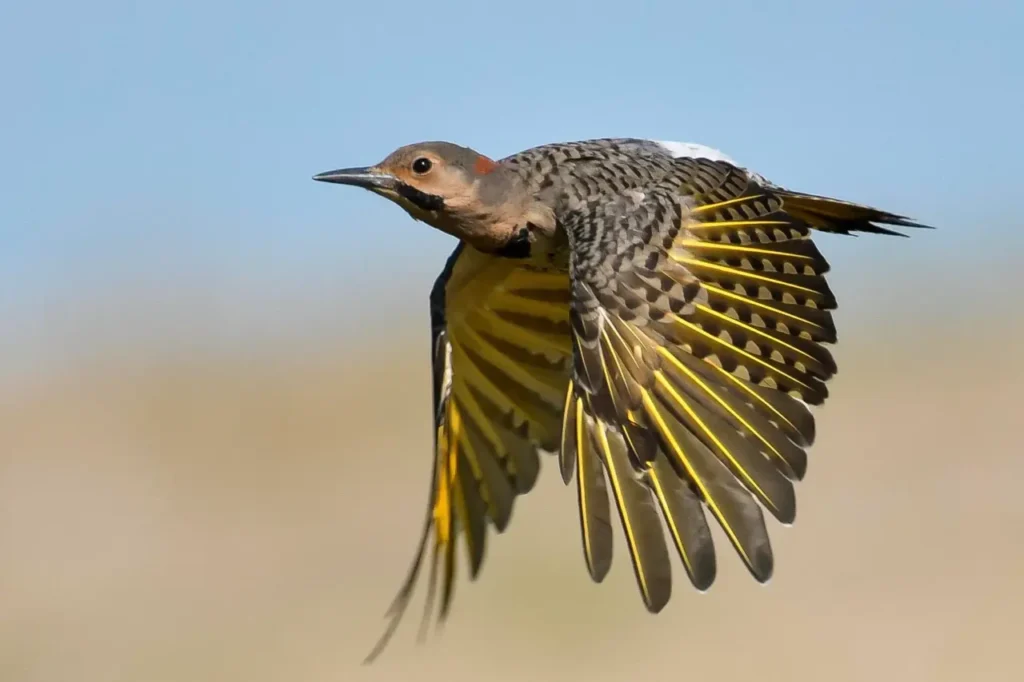
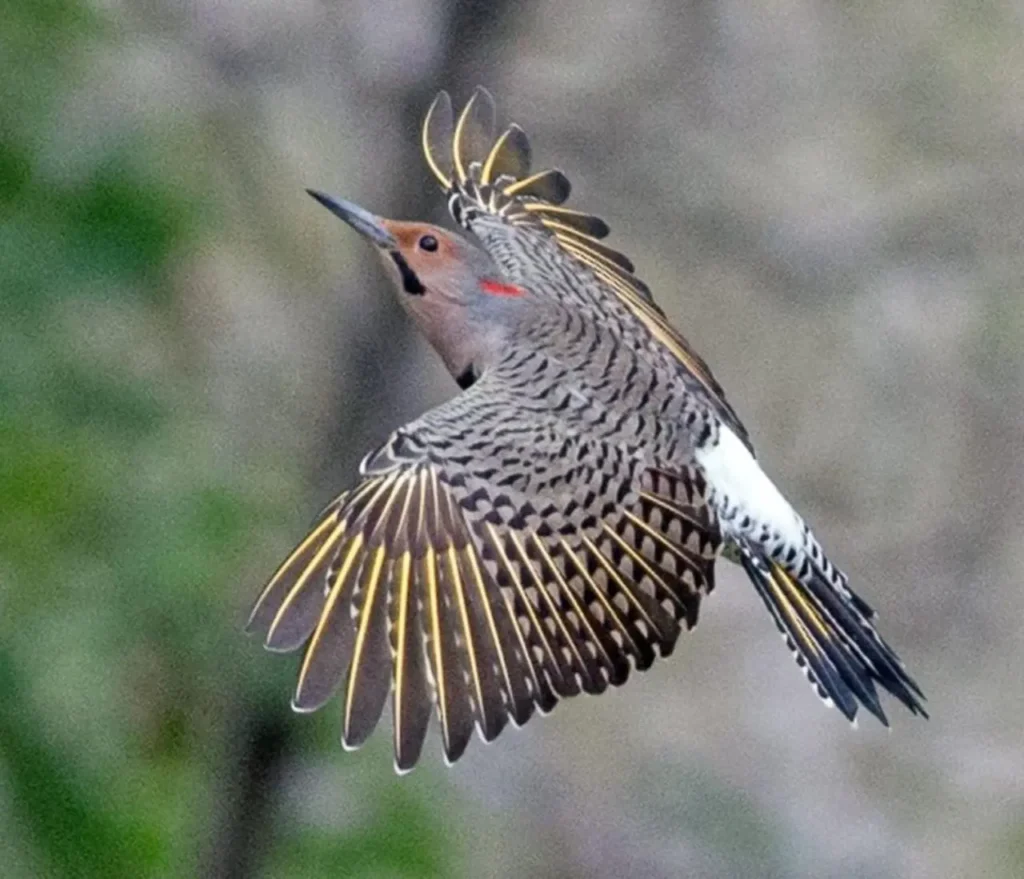
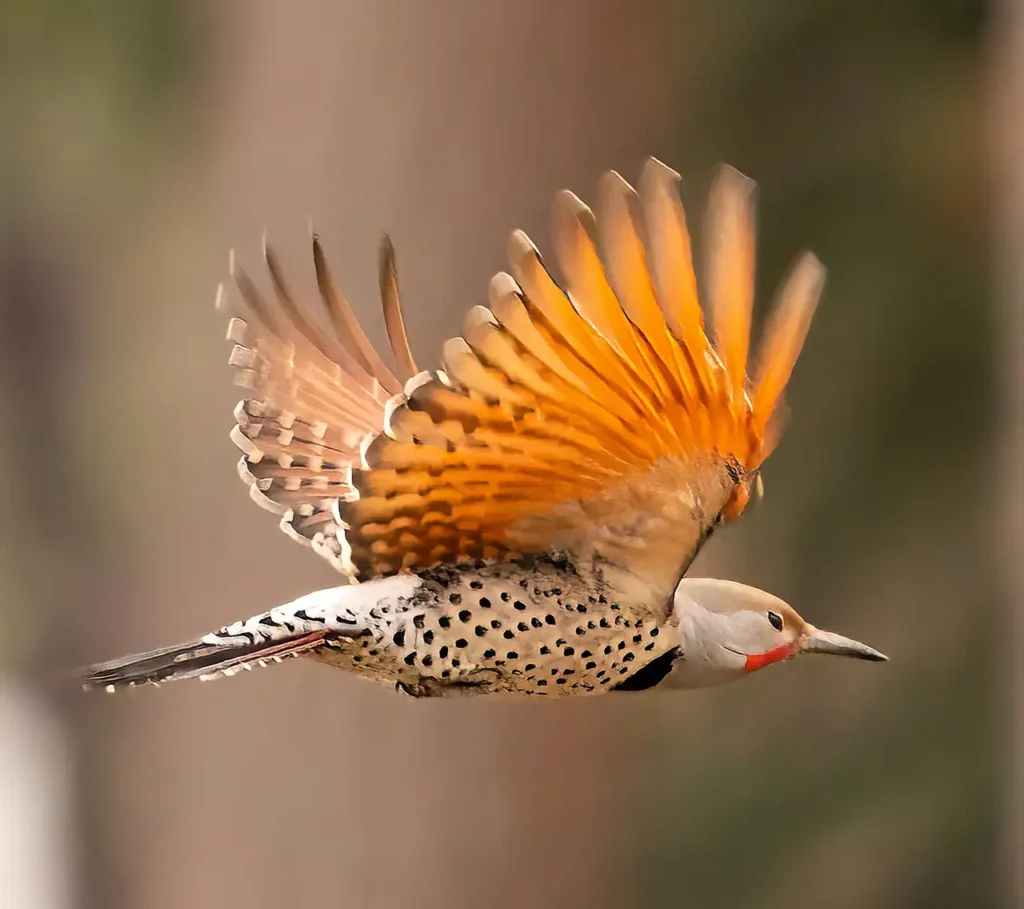
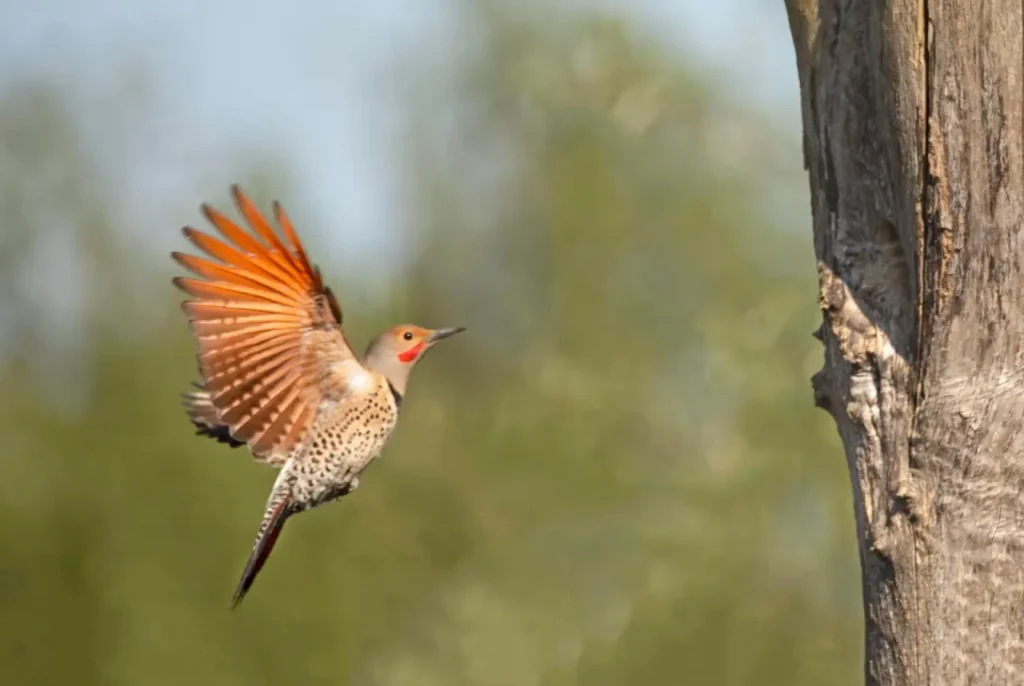
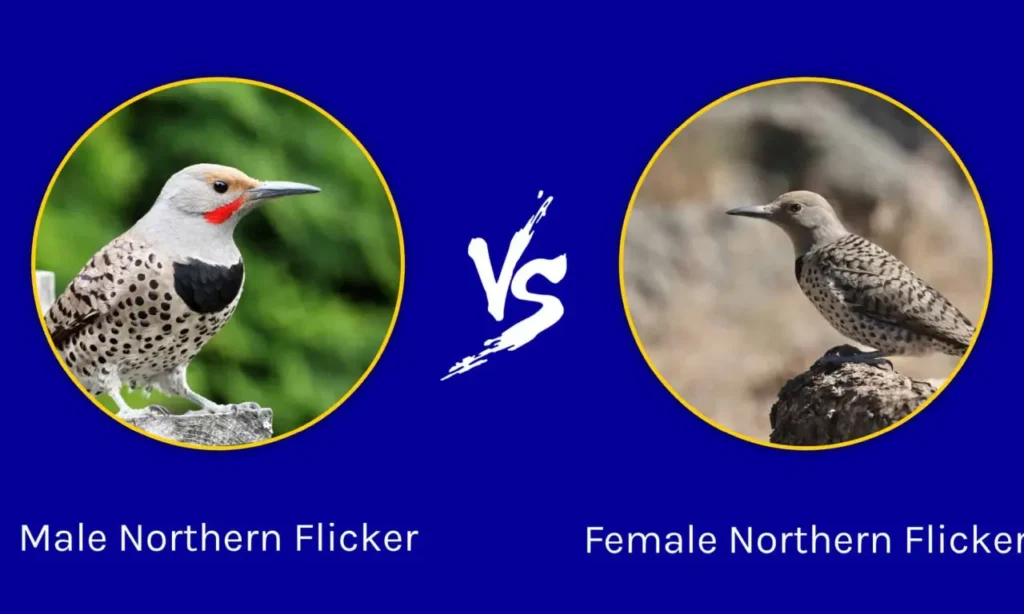
Appearance and Characteristics
The Northern Flicker is a medium-sized woodpecker that showcases an intriguing combination of features. Its plumage varies among subspecies, but one consistent feature is the bold markings on its back and wings, which resemble intricate black bars or “flicks.” This pattern, along with its brownish coloration, offers effective camouflage against the bark of trees where it often forages.
One of the most distinguishing traits of the Northern Flicker is its unique crescent-shaped mark on its chest, which serves as an important field mark for identification. Additionally, when the bird takes flight, a flash of bright white can be seen on its rump and undersides of the wings.
Habitat and Range
The Northern Flicker’s range spans across North America, from Canada to Mexico, encompassing a wide variety of habitats. These woodpeckers can be found in forests, woodlands, open fields, urban parks, and even suburban areas. They are versatile birds that can adapt to various environments, making them a common sight in both rural and urban landscapes.
Behaviors and Diet
Unlike many other woodpecker species, the Northern Flicker is not exclusively insectivorous. While it does consume insects by foraging on the ground, using its long bill to probe the soil and surface for ants and beetles, its diet also includes fruits, berries, and seeds. This dietary variety sets it apart from other woodpeckers and contributes to its adaptability to diverse habitats.
Another distinctive behavior of the Northern Flicker is its habit of “flicking” its wings open and shut while perched, a behavior that contributes to its common name. This movement is not only a way to stretch and display its underwing color but also serves as a form of communication during courtship and territorial disputes.
Conservation and Adaptability
The Northern Flicker is considered a species of least concern in terms of conservation status. Its ability to adapt to a range of habitats, including human-altered landscapes, has contributed to its stable populations. The bird’s affinity for open areas, such as grasslands and parklands, has allowed it to thrive in urban and suburban environments, where it can often be spotted foraging on lawns and searching for insects.
The Northern Flicker, with its distinct appearance, versatile diet, and lively behaviors, exemplifies the diversity and adaptability of North American birdlife. Its presence in various habitats, from woodlands to backyards, provides a connection between human communities and the natural world. By appreciating the beauty and unique characteristics of the Northern Flicker, we gain a deeper understanding of the intricate balance that exists within ecosystems and the importance of preserving the diverse avian tapestry that graces our continent.
